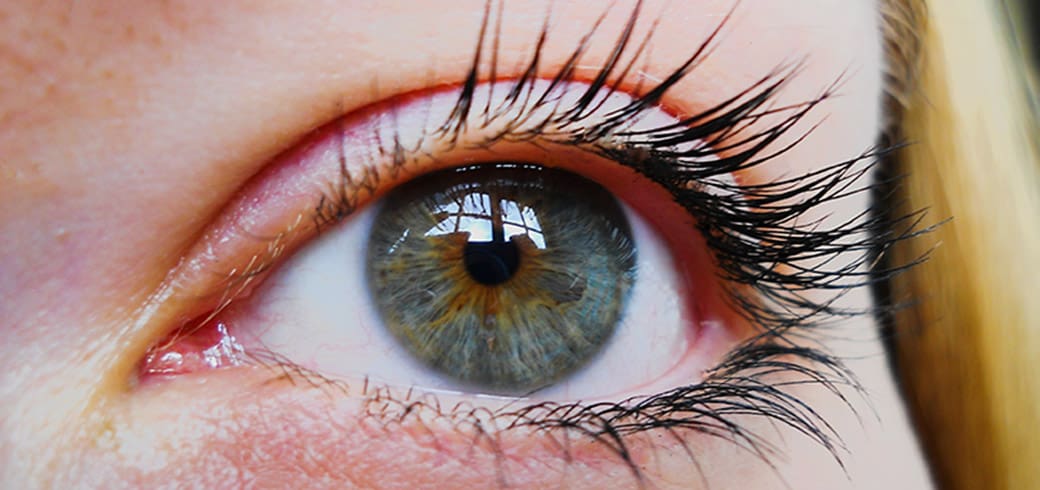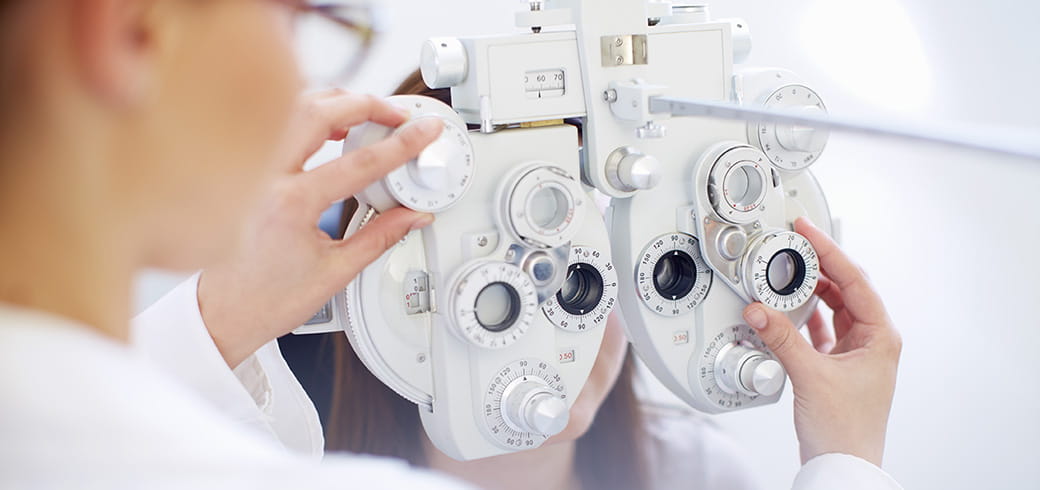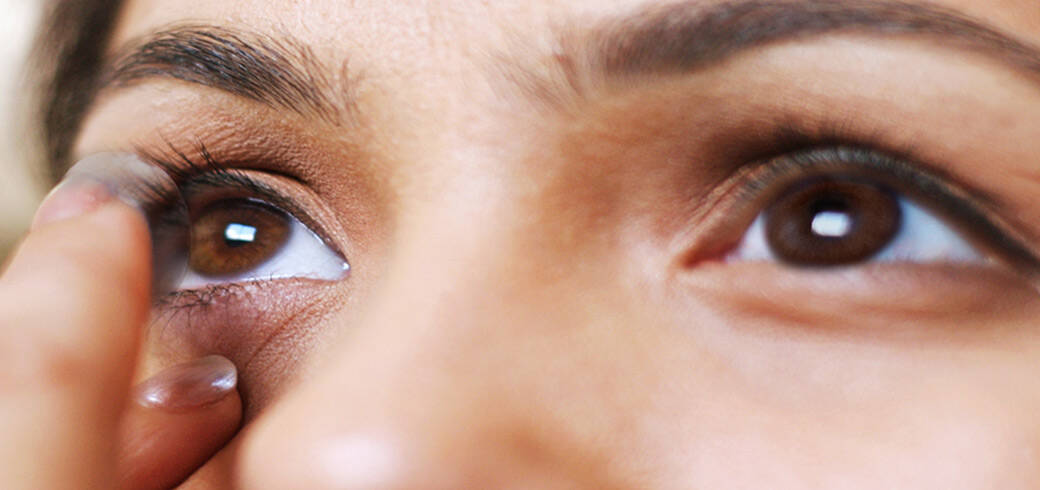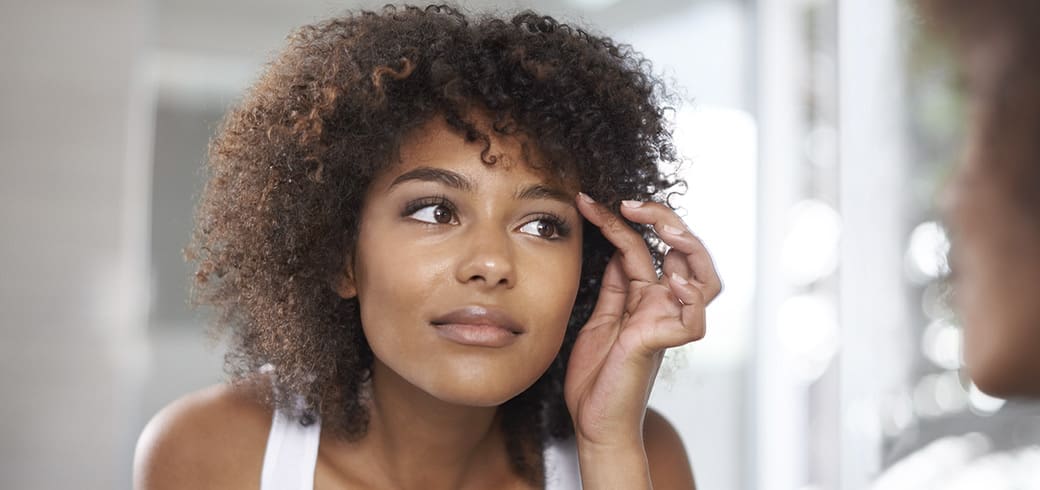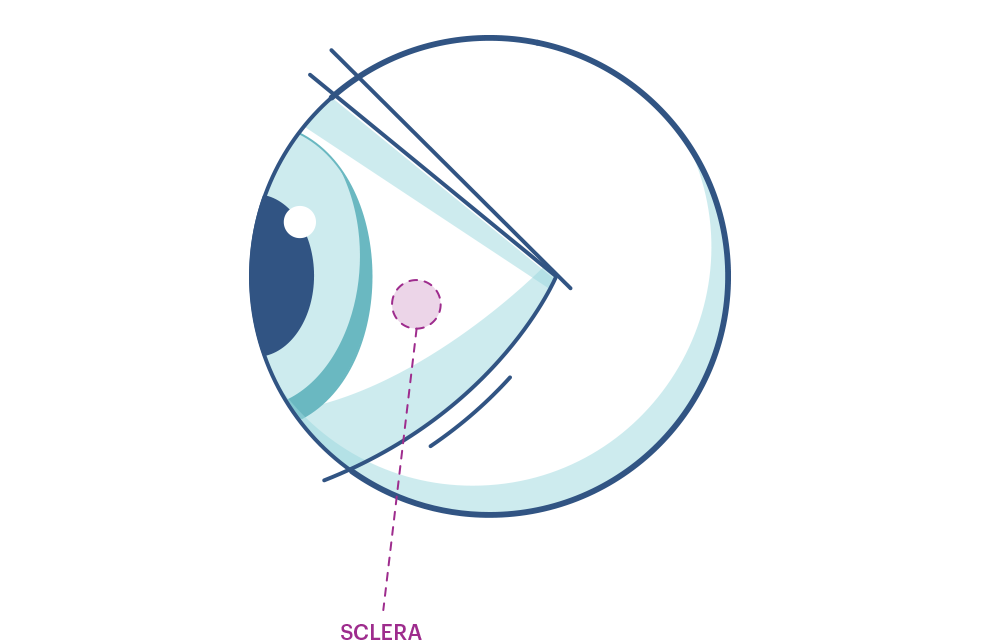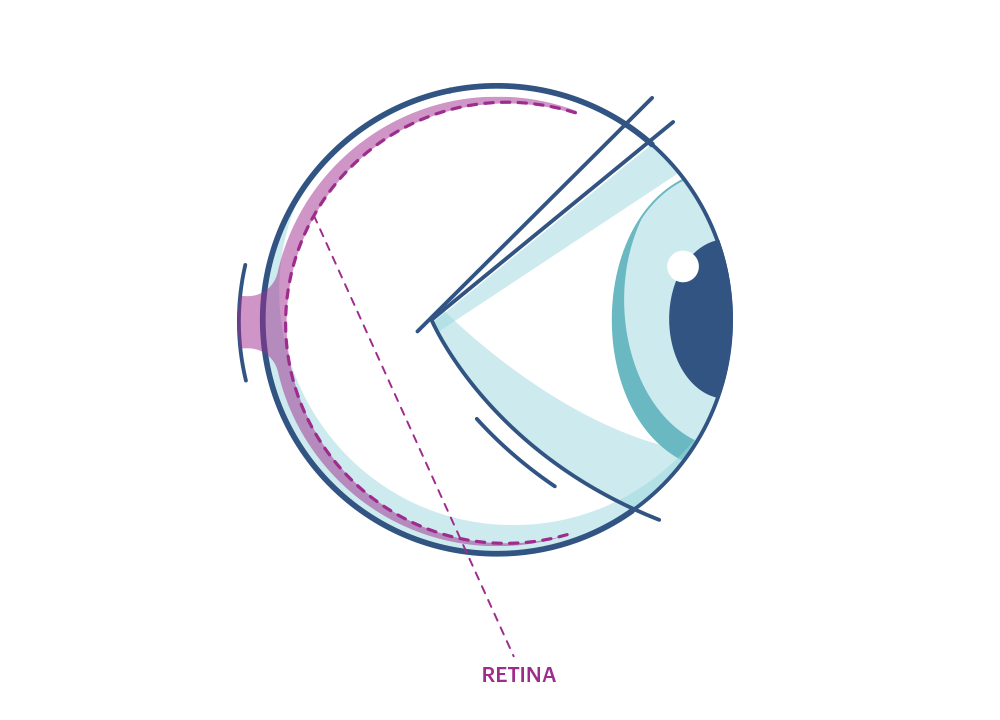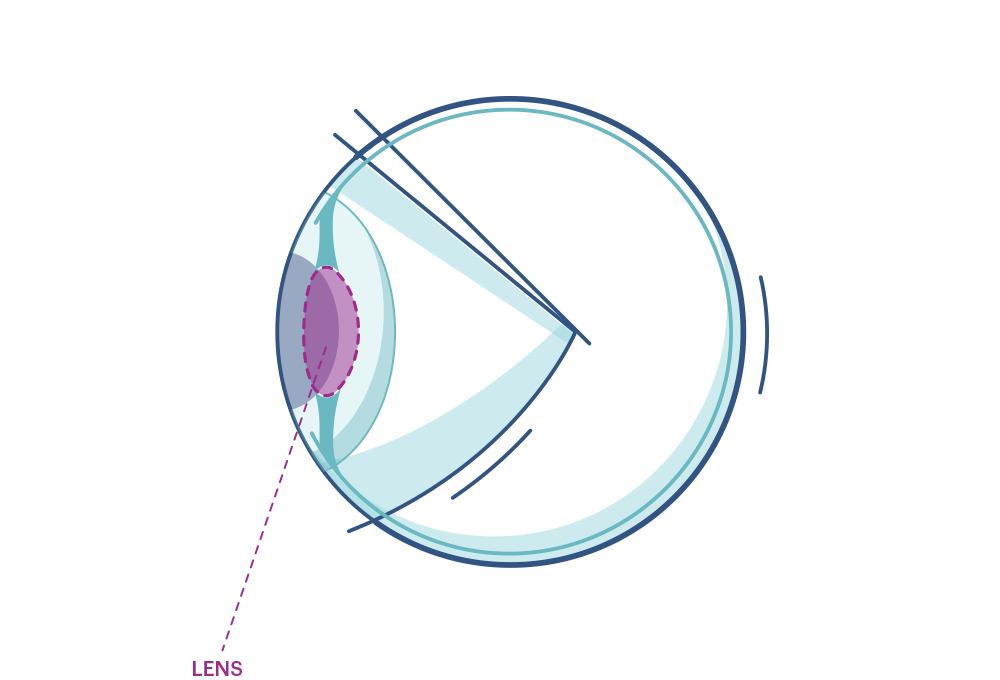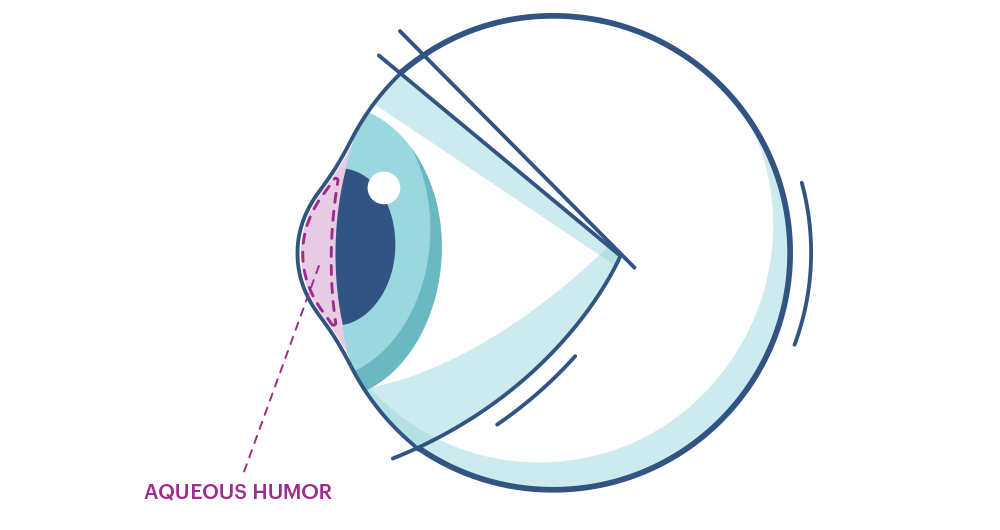ANATOMY OF THE EYE AND HOW IT IMPACTS VISION
Your eyes are complex, delicate and expressive. But how do they see?
Your eyes receive light and transmit detailed messages to your brain, which interprets them as images. Each part of your eye has a different specialised role in transmitting these images.
Your eye is a small approximate sphere consisting of a coat with a clear gel and specialised components within. The coat has three distinct layers, each with its own set of functions:
Outer layer: Sclera
The outer coat of the eyeball that forms the visible white of the eye and surrounds the optic nerve at the back of the eyeball. The sclera acts as the tough outer layer to protect the eye from injury.1
Middle layer: Choroid
The thin, dark-brown vascular layer between the sclera and the retina. The choroid supplies blood to the retina and nerves to other structures in the eye.1
Inner layer: Retina
The innermost layer at the back of the eyeball that contains cells sensitive to light. It receives images formed by the lens and converts them into signals that reach the brain via the optic nerve, to enable a visual image to be formed.1
The lens
The transparent, biconvex body in the eye. Along with the cornea, the lens helps to refract light to focus on the retina.1
The rest of your eye
The vitreous and aqueous humour is a clear, colourless fluid that fills the space between the lens and retina of your eye. The vitreous has a firm jelly-like consistency, consisting of mostly water and the rest is a mixture collagen, proteins, salts and sugars.2
HOW YOUR EYES SEE
In a healthy eye, the lens is clear and allows light to pass through.
1. Light is focused by the cornea and lens onto a thing layer of tissue called the retina.
2. When light hits the retina, tiny cells collect the light signals and convert them into electrical signals.
3. These signals are then sent through the optic nerve and to the brain, which are processed into the images we see.1
Given the complexity of the eye, it’s no surprise that they may not always work as they should, which can result in difficulty seeing clearly. Vision problems can occur at any age, which is why regular eye examinations with an Optometrist are important.
GET STARTED WITH CONTACT LENSES
ALWAYS READ THE LABEL AND FOLLOW THE DIRECTIONS FOR USE
*$30 Welcome Reward: Expires 60 days from the day you download MyACUVUE® and requires a minimum purchase of any two ACUVUE® contact lenses. Your $30 Welcome Reward entitles you to a $30 digital gift card which you can exchange for gift cards from a selection of retailers. Subject to third party retailer terms and conditions. Reward cannot be transferred or redeemed for cash. Subject to app terms of use. Contact lens fitting fees may apply.
References:
1. Your Vision, Good Vision for Life. Accessed 13 July 2022, link – [https://goodvisionforlife.com.au/your-vision/]
2. The vitreous humour, Vision Eye Institute, Accessed 13 July 2022, link – [https://visioneyeinstitute.com.au/eyematters/the-vitreous-humour/]
Important information for contact lens wearers: ACUVUE® Brand Contact Lenses are available by prescription only for vision correction. An eye care professional will determine whether contact lenses are right for you. Although rare, serious eye problems can develop while wearing contact lenses. To help avoid these problems, follow the wear and replacement schedule and the lens care instructions provided by your optometrist. Do not wear contact lenses if you have an eye infection, or experience eye discomfort, excessive tearing, vision changes, redness or other eye problems. If one of these conditions occurs, contact your optometrist immediately. For more information on proper wear, care and safety, talk to your optometrist and ask for a Patient Instruction Guide or call the ACUVUE® Support Team on 1800 736 912.


